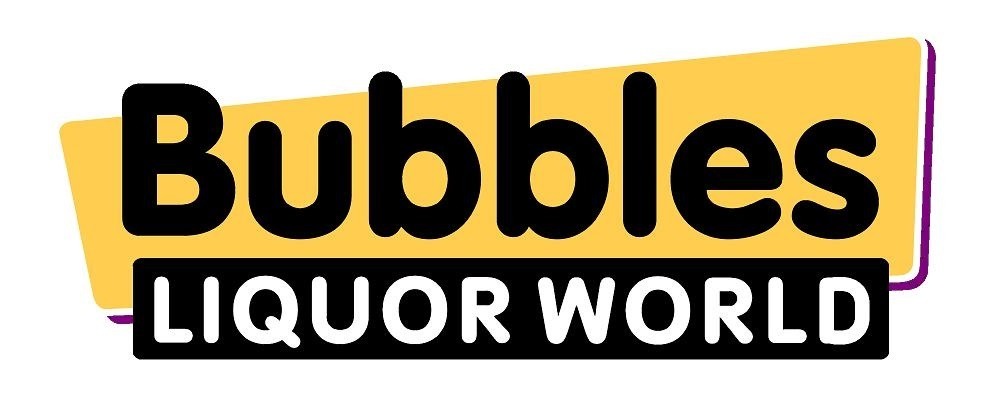(303) 468-8100

German Wines at a Glance
Trocken - Dry
Halbtrocken or Feinherb - Half Dry
German Wine Quality Levels
Deutscher Wein
Must be at least 6% alcohol and all grapes are from Germany. No other promises. Lowest quality. Rarely Exported
Landwein
Grown in one of 26 designated regions, must be Halbtrocken or Trocken in style. Rarely Exported.
Qualitatswein
These wines must be produced from approved varieties sourced from a single anbaugebiete (state). Qualitätswein may be chaptalized (Have sugar added to raise alcohol levels).
Pradikat
Denoting a quality wine picked at designated minimum ripeness levels that vary by grape variety and growing region
Below are Pradikat Levels in increasing order of ripeness and quality
Kabinett
The least ripe of the prädikat levels, and typically the lightest of a grower’s offerings. With their low alcohol levels and touch of sweetness, these wines make ideal picnic quaffs and mouth-watering apéritifs. Most often consumed in their youth, they can last for ten years or more.
Spätlese
Literally, “late picked.” These grapes are generally only late-picked with respect to those grapes that go into Kabinett or QbA wines. If vinified dry (an increasingly popular style), they can still seem less than optimally ripe. Traditionally made, with some residual sugar left in, they are extremely food friendly. Try them with anything from Asian food to baked ham and roast fowl. Most should be consumed before age twenty.
Auslese
Made from select bunches of grapes left on the vine until they achieve high sugar readings, these wines often carry a hint or more of botrytis. While some are sweet enough to serve with simple fruit desserts, others are best sipped alone. With age, some of the sugar seems to melt away, yielding wines that can ably partner with roast pork or goose. Thirty-year-old auslesen can smell heavenly, but sometimes fall flat on the palate. Enjoy them on release for their luscious sweet fruit, or cellar for ten to twenty years.
Beerenauslese
“Berry select” wines are harvested berry by berry, taking only botrytis-affected fruit. While auslese are usually sweet, this level of ripeness elevates the wine to the dessert-only category. Hold up to fifty years.
Eiswein
Made from frozen grapes that are at least equivalent in sugar levels to beerenauslese, but which produce wines with much racier levels of acidity. The intense sugars and acids enable these wines to easily endure for decades.
Trockenbeerenauslese
These “dried berry select” wines are made from individually harvested, shriveled grapes that have been heavily affected by botrytis. Profoundly sweet and honeyed, their over-the-top viscosity and sweetness can turn off some tasters, while others revel in the complex aromas and flavors.
